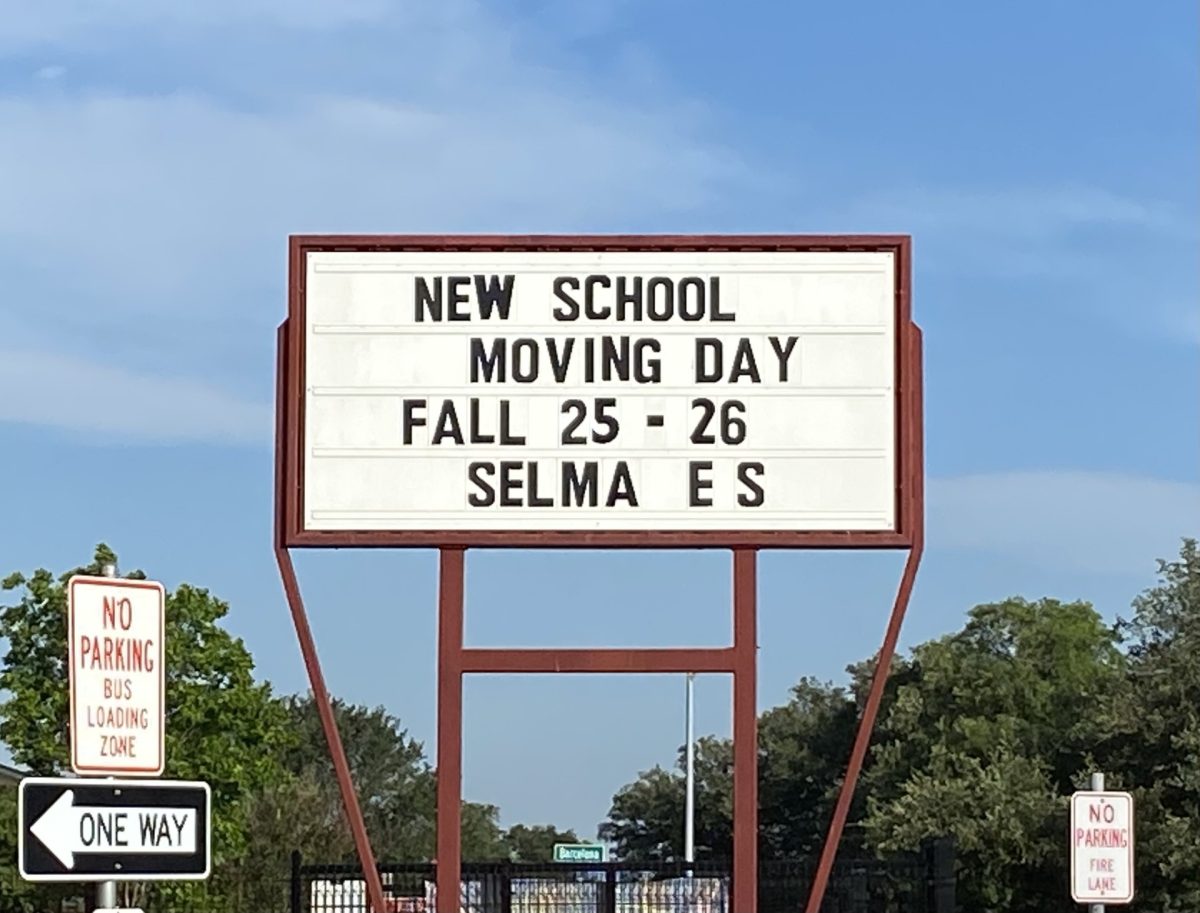School districts throughout Texas have been struggling financially for the past couple of years, with some even being forced to shut down some of their campuses to reduce costs. This has led many parents, students and teachers alike to wonder what will come next for them and their communities.
To understand how and why schools are struggling financially, it’s important to first understand how schools receive their funding.
According to the Texas Education Agency, “The basic allotment is the legislatively mandated apportionment of funds from the general revenue funds that goes to each school district to provide a basic level of education for the district’s residents.”
In simple terms, schools receive a certain amount of money for each student by averaging their daily attendance. This money serves as the foundation for schools to provide education to their students.
Additionally, public schools get their money from local property taxes, state and federal taxpayer funds, according to the Houston Landing.
While this may seem like enough resources for schools to use, there are quite a few flaws. For starters, the amount of money schools get per student through basic allotment has remained the same since 2019 and hasn’t been adjusted for the increase in inflation since then.
The amount of money schools get from the state is also limited by the Texas Legislature. School boards vote yearly on a tax rate to determine how much money they receive from local revenue, but state lawmakers limit the amount of property taxes they can collect.
Schools also don’t benefit from increasing property values. According to Raise Your Hand Texas, “local schools do not receive more funding when local property values and tax collections increase. Instead, the state contributes less money, even though more funds were originally budgeted and intended for public education.” These funds may then be held onto by the state or used to pay for other items in the state budget.
Additionally, if schools raise too much money from property taxes, the state collects those excessive funds and may choose to spend them on other items from the state budget.
Some of these items are efforts to financially balance things for school districts across the state. A school district that makes too much money may have some of their funds taken and given to a school district that didn’t make enough. Despite this, economic differences between districts still persist, leading some schools to struggle more than others.
Due to the lack of resources and funding for struggling school districts, school boards across Texas are forced to find ways to cut costs.
In recent years, the most common strategy has been to close and merge campuses with low or declining enrollment.
San Antonio ISD alone closed 12 schools in 2024 to reduce spending. In addition to this, the school board voted to close other campuses at later dates and merge others, according to the Texas Tribune.
In February of this year, North East ISD’s school board voted unanimously to close three campuses the following school year, according to an article by KSAT.
Judson ISD hasn’t been exempt from this practice either, scheduling Coronado Village Elementary to close in the fall of 2025, with the school’s dual language program being moved to Selma Elementary School.
Closing schools isn’t the only way districts have been trying to save money. In an article by San Antonio Express News, Judson ISD’s school board has reportedly contemplated multiple ideas with the hope of cutting costs.
The board has discussed replacing librarians, reducing the number of gifted program teachers, reducing pay for some teachers, increasing class sizes, increasing tax rates and eliminating one counselor position and assistant principal position from every middle school.
Additionally, on May 15, 2025, the board held a meeting in which they discussed the possibility of closing down Judson Middle School, Candlewood Elementary/Candlewood STEM Academy and Franz Leadership Academy, a decision that was quickly met with plenty of opposition from parents and students who attended the meeting.
Ray Sanchez and his child were two of the speakers who vocalized their opinion on the board’s decision to close Judson Middle School. Sanchez stated, “This district is a good district. Teachers have been very positive, parents likewise. Breaking that up is going to cause a lot of unnecessary problems for kids in the future and you guys [the board] can control that type of future. I would really like you guys to take into consideration what is about to happen because that will alter these lives.”
An additional emergency board meeting was held on May 21, 2025 to continue the discussion of the three school closures. After speakers from each campus, the community and parents, the board voted unanimously to keep open Judson Middle School, Candlewood Elementary/Candlewood STEM Academy and Franz Leadership Academy for the 2025-2026 school year.
All in all, schools around the state have been struggling financially for years, which can be traced back to a controversial funding system. Regardless of the cause, the side effects can be seen and felt by school districts, who are forced to make difficult choices like closing schools and increasing class sizes.

